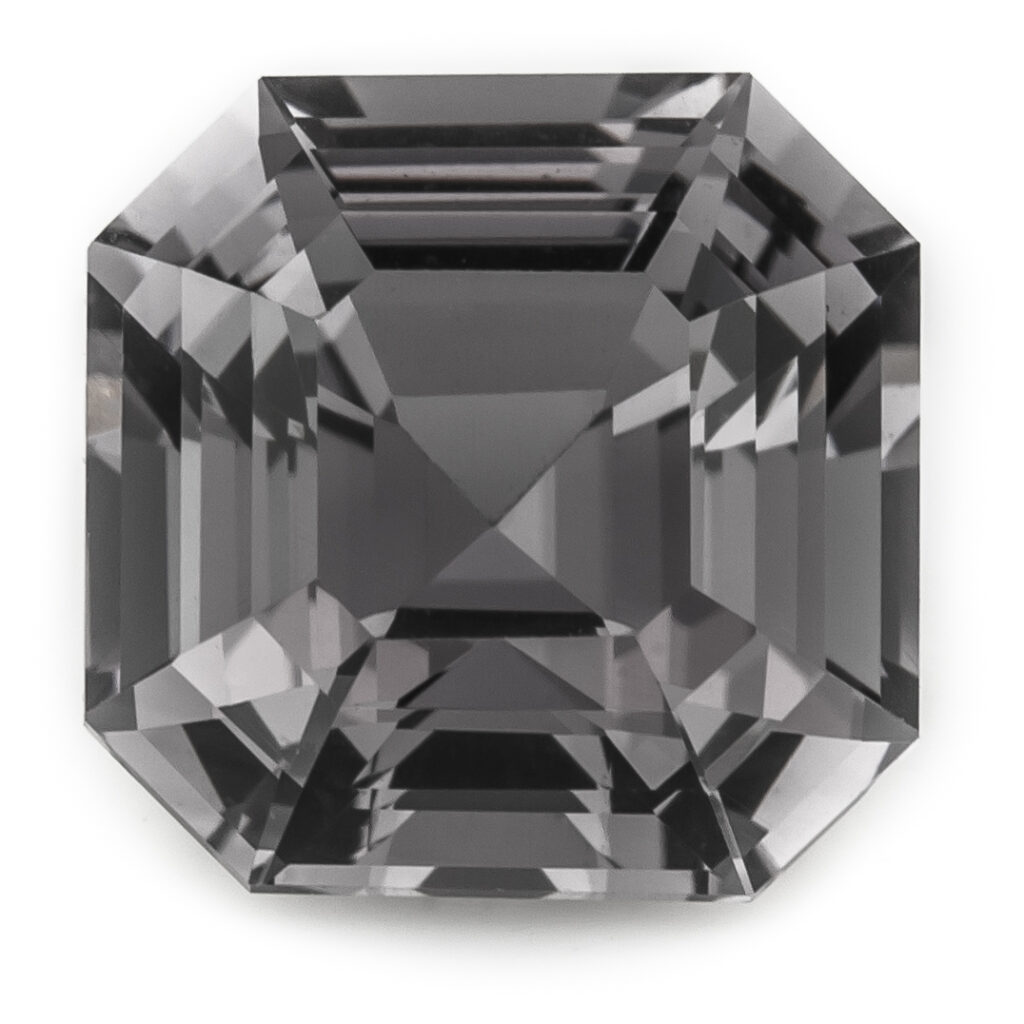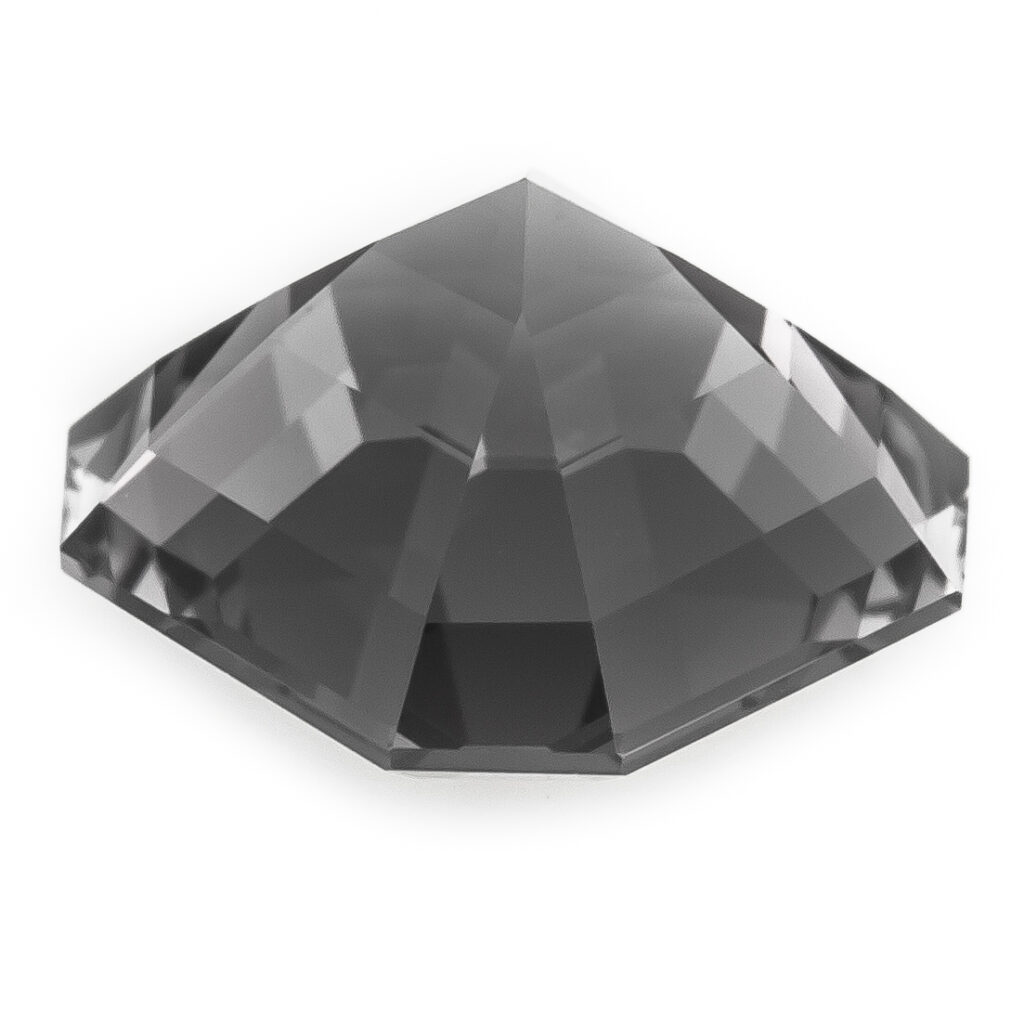An Endless Hallway With Reflective Mirrors: The Asscher Cut

As Leonardo da Vinci once noted, simplicity is the ultimate sophistication. The truth of this statement shimmers in every angle of the Asscher Cut. The meticulous proportions in this simple Step Cut are the key to its incredible reflective mirrors effect, making it a classical, everlasting cutting design.
The cut bears the name of an old and celebrated Jewish family from Amsterdam, led by Joseph Isaac Asscher. As early as the 16th century, Amsterdam was known as a center for diamond polishing. Thanks to an extensive trade network with Portuguese merchants, the city had secured a monopoly on newly discovered Brazilian diamonds; meanwhile, entrepreneurs could count on an advanced banking system and easy credit, which also helped the city in developing a solid industry. Jews, many of whom had fled Portugal or Spain during the Inquisition and, later, Germany during the Thirty Years War, also worked in this industry; this was one of the few not controlled by guilds, from which Jews were excluded. By the time that diamonds were discovered in South Africa in the mid-19th century, the city had ample expertise and infrastructure to process the large volume of rough diamonds being shipped from that region.
In 1854, Joseph Isaac Asscher, who was a master cutter, established the I.J. Asscher diamond company, passing his skills and knowledge to his two sons, Joseph and Abraham. Joseph and Abraham Asscher became two of the 20th century’s most prominent diamond experts. In fact, the Asscher Family – with its accumulative years of experience – is responsible for the cutting of world class pieces such as the Cullinan diamond, the largest rough diamond known in the world.
In 1902, Joseph Asscher introduced the Asscher cut for diamonds. The innovative cut was patented and quickly gained popularity – the cut’s simple refined lines and large bold facets made it a pioneer of the early 20th century Art Deco movement.
The Second World War’s Battle of the Netherlands saw the Nazis entering the Asscher Diamond Company’s Amsterdam headquarters and seizing its diamonds. As Jews, the Asscher family’s members were deported to concentration camps, along with nearly all of the company’s polishers: during the War, the patent on the original Asscher cut expired.
With no one around to renew the patent, other companies started to use the Asscher cut, leading to market confusion about the origin of many Asscher-cut diamonds: Some companies chose to refer to their Asscher-cut diamonds as square-emerald cuts. Many of these diamonds were cut for yield, however, and did not necessarily follow Joseph Asscher’s original proportion calculations for the Asscher cut, which specified parameters for the diamond’s crown height, table size, and facet alignment – the features that make the Asscher so unique.


So, what is so special about the Asscher Cut?
A well-cut Asscher cut has a certain feel to it, with well-defined facets that come from properly angled steps. Its outline is symmetrical. Its corners are distinctly pronounced, and its girdle is not too thick. The reflection you see from the steps is like a house of mirrors: endless. In a proper Asscher cut, the “windmills” in the stone should extend all the way into the middle of it and converge into a single point. This offers a balanced, satisfying outlook that also helps in the stone’s light
At Gemcal, we have been specializing in adapting authentic, classic cuts for the spinel. These cuts further showcase the stone, giving it a fresh, reverberating dimension of simple – but highly sophisticated – beauty.
In working to adapt the Asscher Cut for the spinel, we have not been disappointed. We chose a gray spinel as the first candidate for our experiment. While the Asscher had a slightly reduced brilliance and glitter when compared to a round stone, the result was no less than magnificent, even exceeding our high expectations. Our clients agreed: our first 50 stones sold within one week. It seems the Gray Spinel and the Asscher Cut are converging in a fascinating way, generating a dynamic new effect that jewelers have also noticed with great interest.
It seems that no one can resist the Endless Hallway with Reflective Mirrors…and we are looking forward to creating even more excitement – and beautiful, classic pieces – with this timeless cut.
